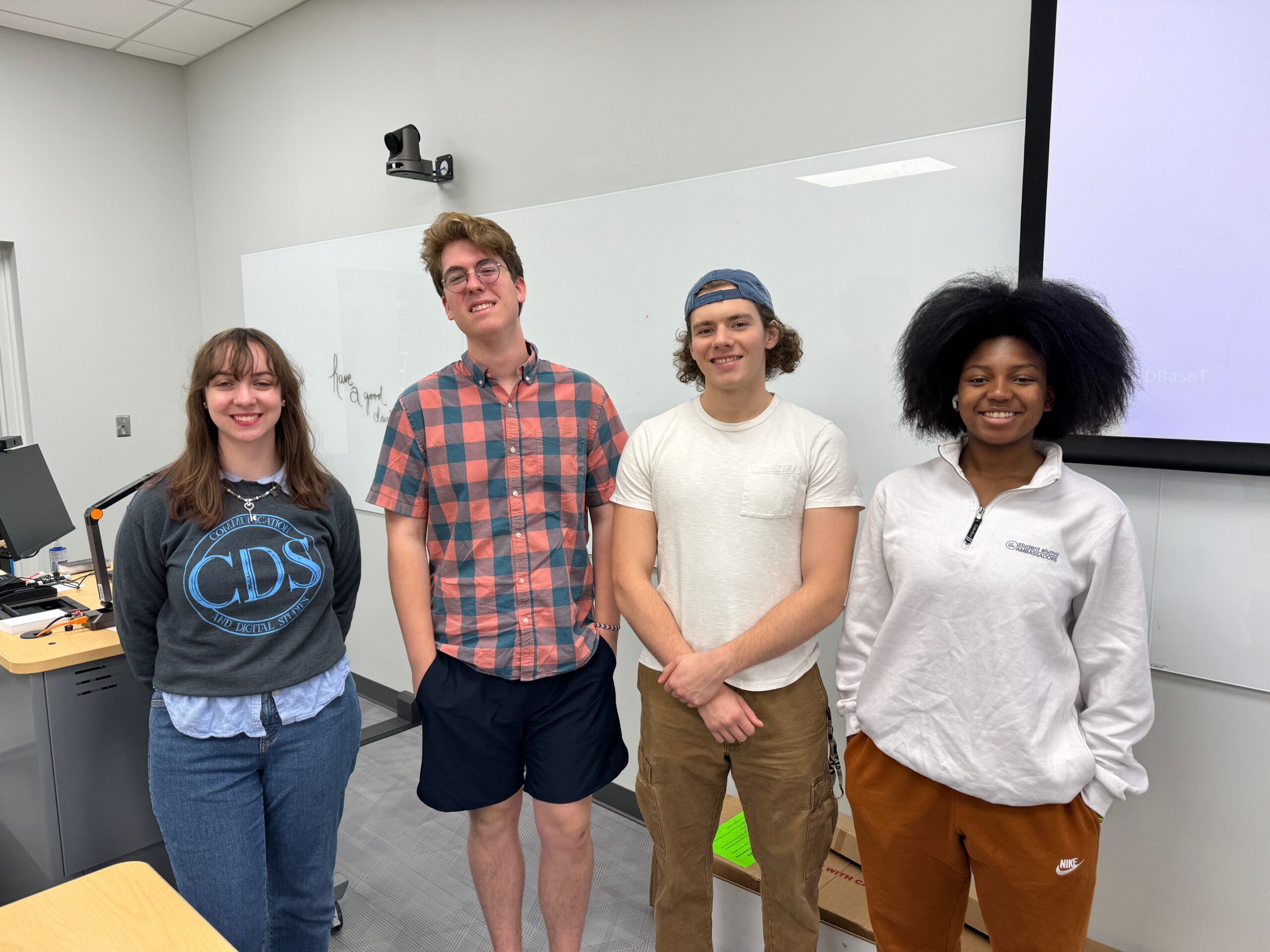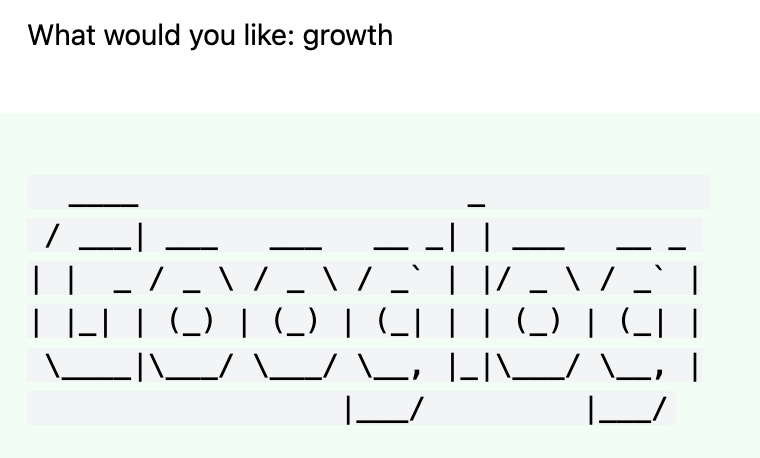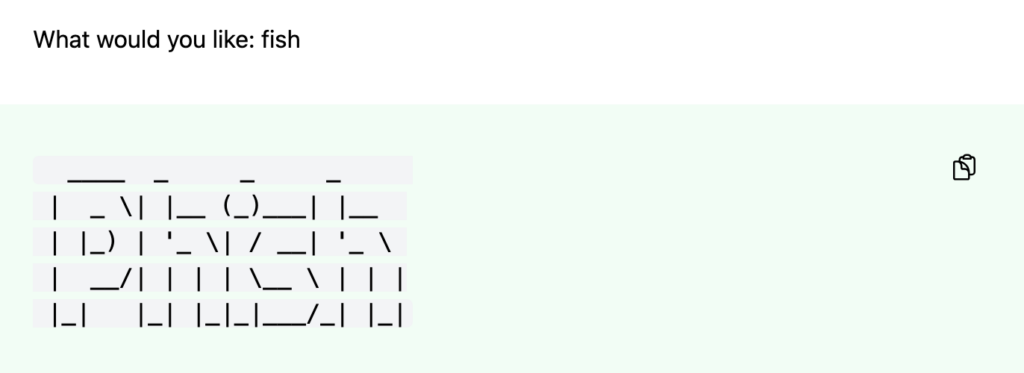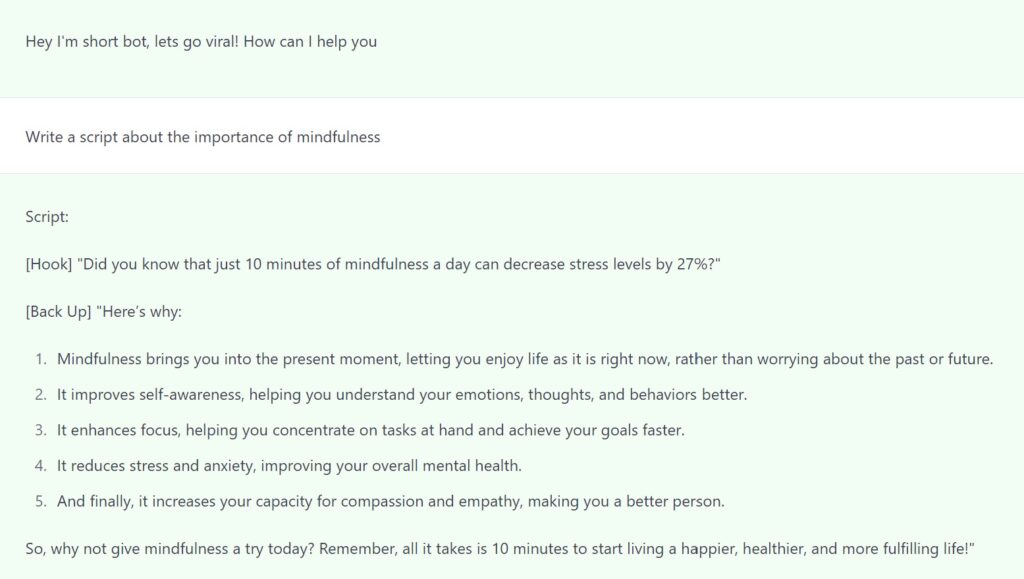The release of ChatGPT in November 2022 was a turning point for public understanding and acceptance of generative artificial intelligence (GAI). ChatGPT is now the fastest-growing tech platform, with more than 100 million users in its first two months, and now that GPT4 has been released, it will only continue to grow. But that only tells part of the story- generative AI has also been applied to audio and video tools and many other writing tools that have transformed what it means to research, write, and maybe even think. It is difficult to imagine an industry that GAI will not change, and today’s students need to learn how to use these tools to be competitive and productive in whatever they go into. With this in mind, Dr. Anand Rao, Professor of Communication and Chair of UMW’s Department of Communication and Digital Studies, designed a special topics course in digital studies (DGST 301) taught in the Fall of 2023. Dr. Rao was recently interviewed on the Virginia Humanities series “With Good Reason” on using AI in the classroom. Rao’s new course focuses on ChatGPT and generative AI and the challenges and possibilities they pose. Students also built their own GAI tools using low- and no-code options. Students in the class were given early access to PlayLab, a new edtech platform allows users to create AI chatbots and tools.
Dr. Rao encouraged students to develop bots in their projects that addressed their interests and needs. Below are a few of the student projects, along with each student’s story:
- Book Recommendation Bot – Created by Bella Molseed (who also works in the UMW Speaking and Writing Center), a student who loves to read and is always looking for book recommendations.
I was inspired in my format by the Pottermore website that has interactive quizzes. I set up my chatbot to ask a series of specific questions to get an idea of the user’s preferred genre, length, age range, and mood, as well as other media they’ve enjoyed recently, to get a custom recommendation with a short description. I also emphasized the chatbot being helpful, encouraging, and friendly, so that it would feel accessible to both bookworms who want to narrow down their To-Be-Read list and new readers who don’t know where to start. While making my chatbot, I went through a bunch of different iterations and beta versions, playing around with how to phrase my instructions and adjust other settings to get my bot to perform exactly how I wanted it to. There were definitely some hiccups (at one point it just kept looping through some of the questions instead of moving forward), but I’m really happy with how it turned out. I also noticed it tended to favor a few books or authors when giving recommendations (it particularly liked to recommend Neil Gaimen and The Night Circus by Erin Morgenstern), which led me to believe that it was following similar generation paths when generating responses.
- ASCII Bubble Art – Created by A.J. Gluchowski (a student fellow in the UMW Digital Knowledge Center). A.J. started with an ASCII art bot and then moved on to build one that should make ASCII Bubble Art. But it rarely works, often giving different words in bubble art than what was prompted. He did a great job in his presentation of showing different settings/models and working to figure out why the bot generated what it did:
I can’t say where the inspiration came from, as I feel like I’ve always had a soft spot for ASCII art; more specifically, creating art out of unconventional things, like keyboard symbols, for example! I also knew that well-known chatbots, like ChatGPT can’t “visualize” art the same way that we do, and therefore, have trouble converting text prompts into visuals, even if those visuals are still “text-based”. I started by trying to provide simple, but effective instructions to my PlayLab tool to “create ASCII art from the word that the user inputs”, and I got a few interesting results, including fairly normal-looking dogs and fish. However, the tool seemed to be producing whatever it felt like, and not necessarily paying attention to the prompt. I then decided on bubble letters, and I began testing to see if the tool was able to convert the characters in my prompt into blown-up ASCII letters. This worked MUCH better than the ASCII art, but still did not provide consistent results. I began with my name, AJ, and the tool provided, in perfect bubble letters, “QE”. I input the word” growth” and it outputs “GOOGLOG”. I messed around with the settings, learning how the different AI models respond to my prompts, and was shocked at some of the results.Two of my best outputs were, when I input “Fish” and the tool output “PHISH”, and when I input “Google”, and the tool was able to accurately output “GOOGLE”.This project helped me to understand the limitations of chat-based AI, as well as how the models react to similar prompts, instructions, and settings. I’m fascinated by the results I’ve achieved so far, and I’m thrilled to continue exploring!
- Social Media Marketing Short Form Content Generator – Created by Killian Petty. Killian plans a career in digital marketing and works in our campus Small Business Development Center. He created a bot that creates short form content for social media marketers:
When Professor Rao emphasized the practical functionality of this bot, it prompted me to reflect on the challenges I currently face during my internship. In my role at the Small Business Development Center (SBDC), I’m responsible for generating content ideas and crafting scripts for our clients. Initially, I provided the bot with a comprehensive prompt that outlined the script’s structure, considerations for the AI, target audience, video length, and potential topics. While the initial prompt was extensive, I later streamlined it to reduce token usage, ultimately improving the bot’s speed and cost-efficiency. I regularly rely on this bot to create scripts and share it with our internship clients, enabling them to write scripts and film themselves. This collaborative approach streamlines the content creation process. In the realm of social media content marketing, both quantity and quality are essential. This tool significantly reduces script writing time, allowing me to invest less time while consistently delivering high-quality content.
- Grammar Helper – Created by Kaylah Lightfoot, was designed to help students with their grammar. This chatbot was trained on materials for African American Vernacular English (AAVE) and Standard American English (SAE). Kaylah, who is active in UMW student government, is advocating for student involvement in planning for AI policy at the university.




Leave a Reply